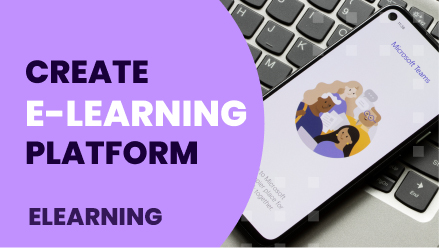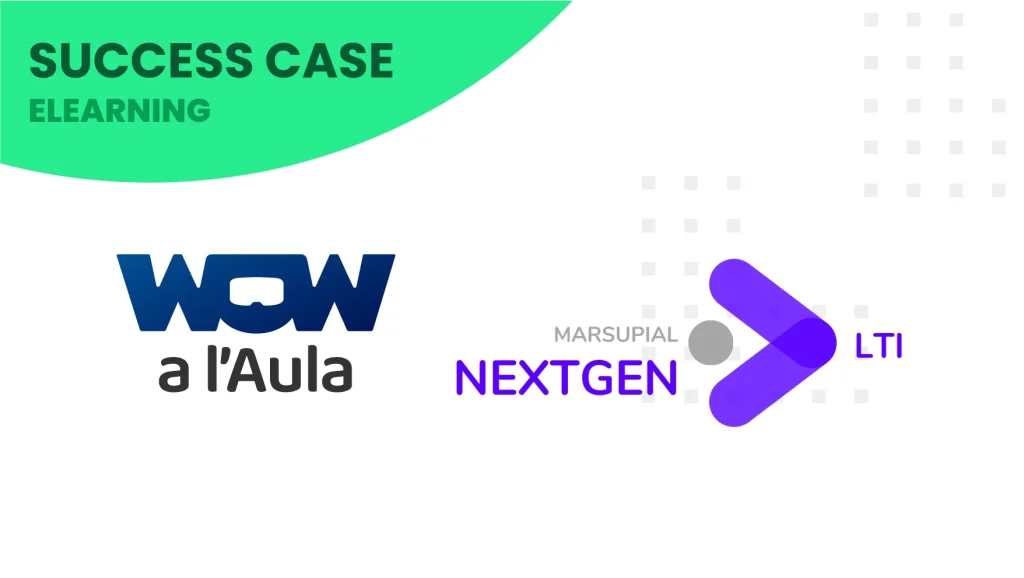Virtual learning platforms are not exclusive to online courses; more and more companies are using them to train their employees. But often, we ask ourselves questions such as: how to build an e-learning platform, where do I start, and what are the benefits of creating an e-learning platform?
Tips to build your elearning step by step
Creating an online education platform is a complex process if you do not have development or programming skills. Fortunately, experienced e-learning providers facilitate the development process, including companies that supply all-inclusive e-learning platforms.
Identify the target
The starting point is to know what the problem is or what you want to enhance with the training to be implemented.
This is a stage of analysis and target identification. We will see how to address this later on. For this analysis, it may be interesting to use reports or data that allow us to draw conclusions and propose a concept that, after training, benefits both the people who educate and those who learn.

Identify the audience
Once you have devised a solution to a specific problem, you need to think about the people who will participate in the elearning platform and which professionals will be needed.
Getting an idea of the users we are going to target by age, gender, and educational level will give us an advantage in the creation of the platform because in this way we can customize it based on this information with content tailored to a specific audience.
How to approach its development
Developing an e-learning platform requires planning, technology and maintenance, so this is a point that needs to be thought through, as it is where the training will be focused.
Using an open-source LMS platform provides a number of advantages since it can be custom developed and adapted, including extensions or plugins, according to each specific need.
It is recommended that the user interface (UI) should be simple and that the user experience (UX) should be satisfactory, with easy and intuitive navigation so that the use of the platform is not a handicap. Moreover, taking into account that mobiles occupy much of our time, the learning program must be responsive so that it works correctly on different devices.
The elearning tool will be used by different users: students, teachers, and administrators, so it is interesting to put ourselves in the role of each role to know what elements we will need.
- Student profile
Simplifying the study is essential to avoid any type of distraction. It is highly recommended to divide the course by topics, including attractive content to keep the student engaged. Sometimes very visual and playful multimedia content is included to make learning more enjoyable.
You may be interested in: How to make your elearning course attractive.
- Teacher profile
The tutor or educator should have a control panel where he/she can see the participation of the students and their evolution. They should be able to modify the course or its syllabus whenever they need to. It is also important to have a communication channel with the students for the resolution of doubts.
You may be interested in: Getting certified as a Moodle educator
- Administrator’s profile
Some of the basic properties that an administrator must have are the configuration and maintenance of the educational environment, user management, and course management.
Benefits of an E-Learning platform
Following the global Covid pandemic, search traffic for terms such as “e-learning education”, “digital schooling” and “education platform” increased. Since then, the evolution of digital versus traditional teaching systems has had a major impact on student learning.
The online learning environment has a number of benefits not only for students but also for those who decide to opt for elearning systems. Here are the main benefits:
- Flexibility: it is possible to study at any time, from any place, and to combine it with family life, work, etc.
- Free time for study: you can study at your own pace, dedicating as much time as you can in each case.
- Cost reduction: When compared to traditional education, the savings are considerable, as there are no costs for textbooks, tuition, transfers, etc.

These are the main ones, but there are more advantages and possibilities of e-learning training. Now that you know what you need to consider when creating your online educational platform, the question arises: where do I start?
Goodle, your turnkey elearning platform
At 3ipunt, we have developed an elearning platform based on Moodle in which you don’t have to worry about anything, we include everything and you have it ready in 2 weeks!

Do you want to get started? Contact us and we will explain it to you!




